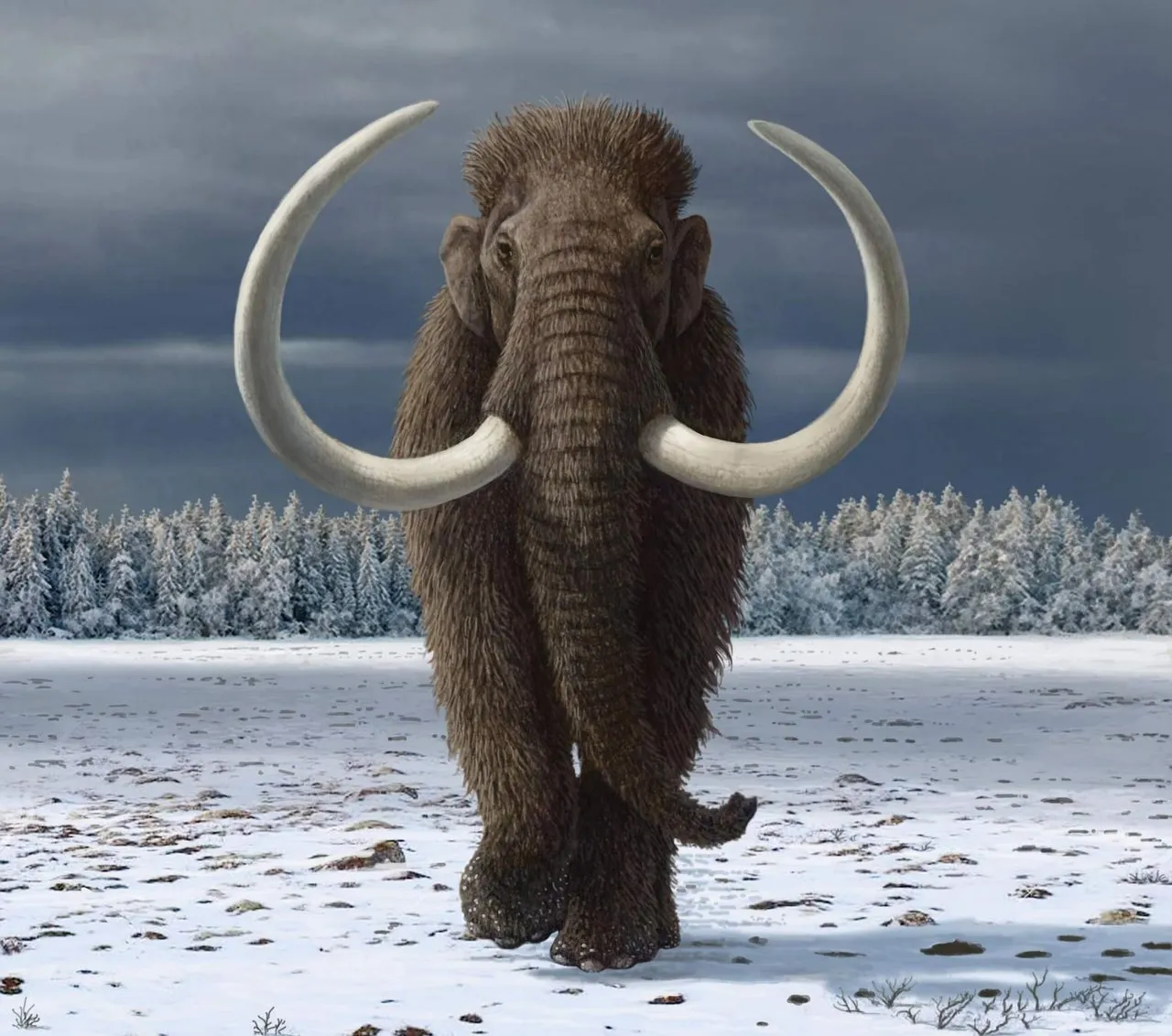The Manny character in the Ice Age movie is more or less our favorite. The name of the mammoth will be on top of all the names of the huge animals of the Ice Age. Much of the world's mammoths became extinct 10,000 years ago. However, most of the survivors lived around 1850 BC. At one time, mammoths roamed the earth like 250 species. They lived all over the world except Australia and South America. These animals originated 6 million years ago today. At first, they lived together in southern Europe. For some reason, they migrated and moved to the Arctic.

That was the beginning of the ice age on earth. Mutations occur in these animals to survive in harmony with the environment. They are made of wool to retain body heat. The first fossils of mammoths were discovered in 1799. Another fossil was discovered in Russia in 2012. Research has shown that the mammoth died about 30,000 years ago. The ears of this animal were now smaller than the hands but the body was huge. They were 9 to 15 feet long and weighed 6 tons or more. The weight of a newborn baby was 90 kg.
The mammoth's teeth are called the task. The teeth in front of the huge animal were so heavy that each tooth was one and a half to three meters long and weighed 45 kg. However, the largest tooth found so far weighs 91 kg and is about 4 and a half meters in length. They lived in groups, with two to 10 mammoths per group. The group was led by a wife with some companions and their babies. The male mammoth spent lazy time and for some time separated from the group and lived a separate life. A mother mammoth took care of her child for 3 years and then left. If the mother died for any reason, the other members of the group would take care of the child. A study from the University of California found that an adult spent 16 to 18 hours a day eating and walking. Every day they ate 80 to 300 kg of food. The food list included grass, herbs, fruits, etc. They used to drink up to 180 liters of water a day. How the mammoth lived in the freezing temperatures was another surprise. Scientists have found that these giant creatures had anti-freezing blood. Even if the temperature dropped, their blood would not coagulate.
Scientists believe that climate change is the main reason for the extinction of mammoths. In addition, the ancient humans hunted mammoths most of the time, so they gradually became extinct. A recent study found that the last species of mammoth died of dehydration. Scientists are currently trying to bring the mammoth back through DNA sequencing. Who knows, maybe the day is not far off when the giant mammoths will roam the jungle again.
Recently, some scientists have started trying to bring back the mammoth! This project is seeing a glimmer of hope, as their nearest species, the Asian elephant is still present in the world. The scientists of the project hope that soon the project will see the face of success. Mammoth frozen DNA samples have been collected from the ice in the Siberian region. From there, attempts are being made to clone this giant animal in various processes. Although the chances are slim, who knows, maybe in the future we may see this creature lost thousands of years ago!
